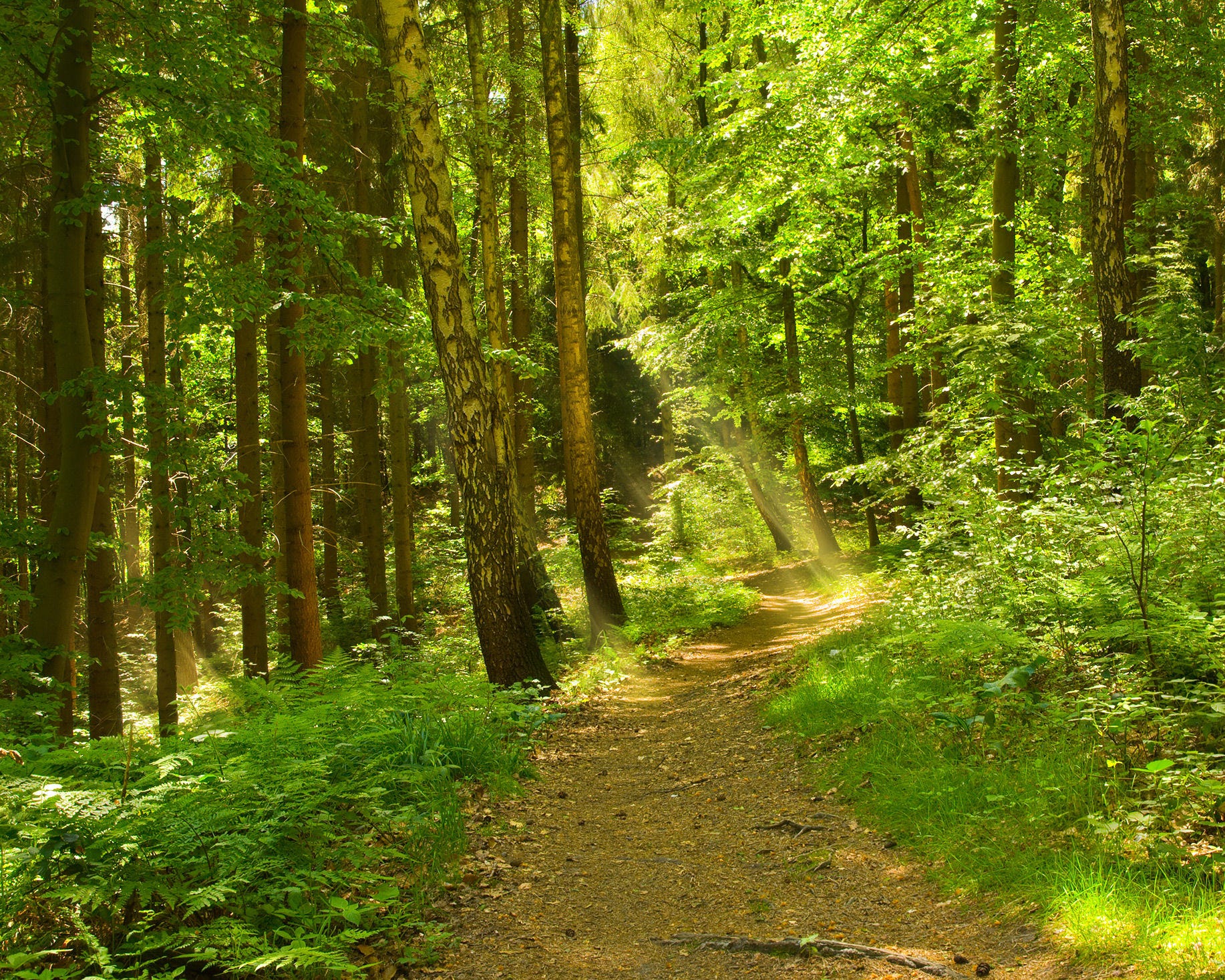The OECD Scheme for the Control of Forest Reproductive Material Moving in International Trade is open to OECD members as well as to other states. To date, 30 participating countries implement the Scheme (including tropical countries developing their seed trade for reforestation purposes). Seeds and plants are produced and officially controlled according to harmonised procedures.
Forest seed and plant
The OECD Scheme for the Certification of Forest Reproductive Material seeks to encourage the production and use of forest tree seeds or plants that have been collected, processed, raised, labelled and distributed in a manner that ensures their trueness to name. The use of this certified material contributes to enhanced forestry functions, including timber production, soil protection, and other environmental services.

Key messages
The OECD Forest Seed and Plant Scheme defines four broad categories of forest reproductive material that are recognised for certification:
- Source-Identified material (minimum standards);
- Material from Selected stands located in well-delimited regions of provenance; *
- Qualified material from untested seed orchards and
- Tested material from tested seed orchards or stands which can produce seed of improved quality.
OECD labels are used according to the category of the forest reproductive material they fall under. The labelled material is recognised internationally as "QUALITY GUARANTEED" and "OF CONTROLLED ORIGIN". To date, the participating countries have approved 402 tree species to be eligible for OECD certification of reproductive material.
The rules were updated to reflect the growing commercial importance of new types of material derived from breeding programmes, including new forestry production and tree improvement techniques.
Changes approved at the 2023 Annual Meeting of the OECD Forest seed and plant scheme are included in this edition.
Context
Planting better forests for a changing future
Commercial forests have long-term production cycles - it could be 50 to 100 years from the day a sapling is planted until the mature tree is harvested. Since 1967, the OECD forest reproductive material scheme has facilitated trade and helped ensure that the seeds and saplings planted by foresters are the ones they intended to use.
OECD Forest Seed and Plant Scheme Documents
Bureau members
Chair: Mr Claes Uggla (Sweden)
Vice Chair: Ms Amanda Campbell (United Kingdom - Incoming Vice-Chair)
Vice Chair: Ms Yasemin Tayanc (Turkey - Outgoing Vice-Chair)
Access contact information for participants and national designated authorities.
Contact the OECD Secretariat
The OECD Scheme contact is Mr. Csaba Gaspar, Head of Section, OECD Forest Seed and Plant Scheme. Contact him with any questions regarding the Forest Scheme or contact the OECD Codes and Schemes Secretariat.
Follow us on: Groups | LinkedIn
Useful links
Intergovernmental Organisations
Food and Agriculture Organization of the United Nations (FAO)
International Union for the Protection of New Varieties of Plants (UPOV)
Non Governmental Organisations
Related publications
-
 Policy paper22 November 2024
Policy paper22 November 2024